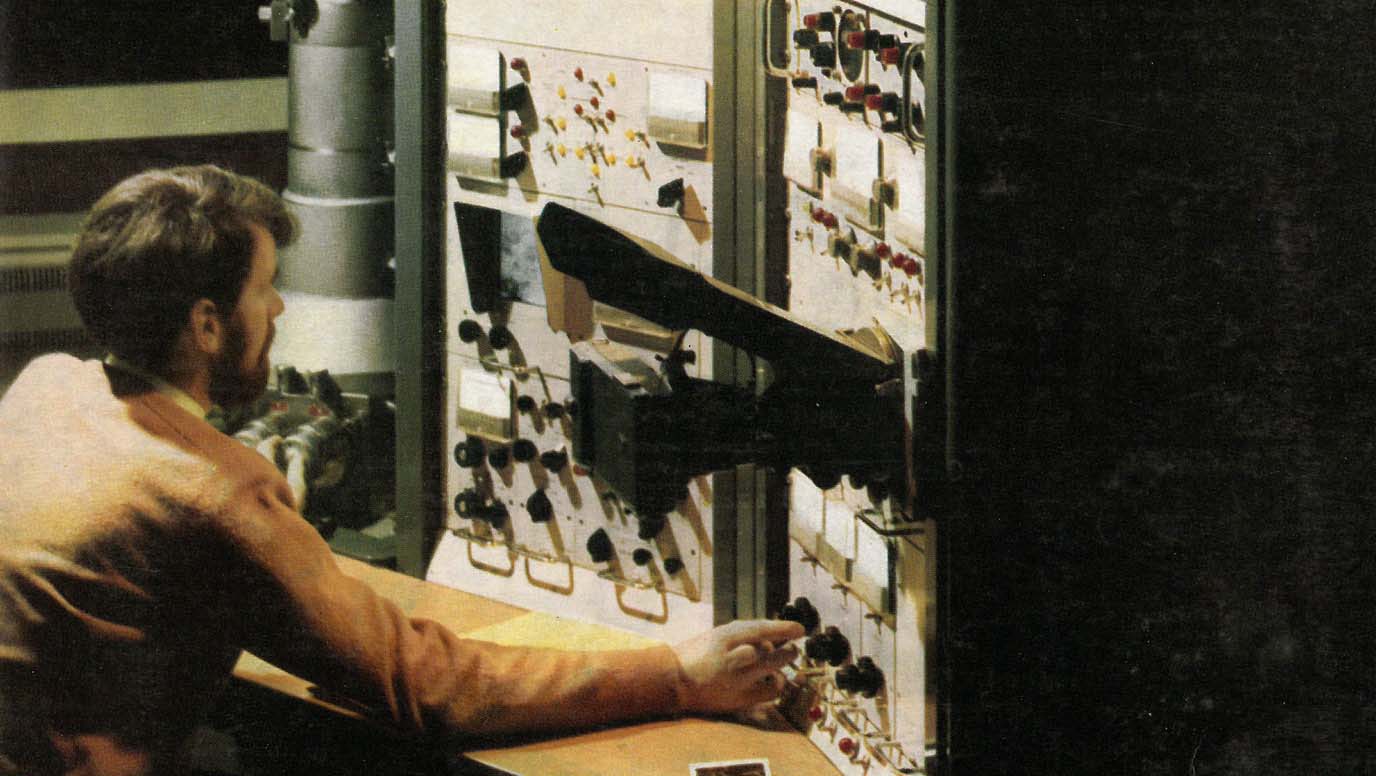University mapping the history of Cambridge technology

Business Weekly is working with the University to promote CHIP – Cambridge History of Innovation Project – and a survey has been launched to trigger contributions. The purpose is to collect information on existing and potential archives and broker in significant oral history interviews.
Dr Peter Rees, at the University Library, is steering this information gathering element of the initiative and says: “It would be great to gather information from people about their practices of record keeping and any records or potential stories for oral history. And there is no commitment – we are just information gathering at this stage.”
CHIP is creating a new public archive of Cambridge technology from the Cambridge Scientific Instrument Company (1881) to more recent times. Its team, based at the University Library, would love to hear about people’s memories of Cambridge technology innovation, and see any materials or photographs which might be relevant for this public archive.
To get in touch, please complete this survey by March 29.
The CHIP team (Shailendra Vyakarnam, Katrina Dean, and Peter Rees) are currently surveying and collecting records to curate the archive and oral history bank.
Contributions will cover a lot of ground, including spin-outs and startups in Cambridge and firms that moved to the city to participate in these developments and help grow the innovation ecosystem. The resulting roadmap will sit alongside significant existing archival collections including the papers of Isaac Newton, Charles Darwin, Stephen Hawking and many others.
Dr Rees adds: “The new CHIP archive aims to facilitate deep research and diverse storytelling about Cambridge innovation.”
The Cambridge Scientific Instrument Company story is a classic startpoint. The scientific instruments specialist was founded in 1881 by Robert Fulcher, Horace Darwin – son of the famous Sir Charles Darwin – and Albert Dew-Smith.
The company’s Stereoscan MK1 was the first commercial scanning electron microscope and was produced by the company in 1965.
Wikipedia reports that the original purpose of the company was to service instruments for the Cambridge physiology department. At the outset, the company was financially driven by a friend of Horace Darwin – Albert Dew-Smith. Eventually, Fulcher was fully replaced in the company by Darwin and Dew-Smith who became the sole co-owners.
After it was taken over by Darwin and Dew-Smith it grew in regard and size and by the time the company was about 15 years old, in 1891, Darwin became the sole owner.
Designed between 1883/84, the rocking microtome, otherwise known as The Darwin Rocker, was one of Darwin's most successful designs which continued to be manufactured until the 1970s.
Another famous instrument manufactured by the company and created by Horace Darwin was the micrometer used with ‘worm stone’. This was used to study and analyse the rate at which worms would bury stones in the ground. In 1920 the business took over the R.W. Paul Instrument Company of London and became The Cambridge and Paul Instrument Company Ltd. The name was shortened (sic) to the Cambridge Instrument Company Ltd in 1924 when it was converted to a public limited company.
As of 1960 the company started to decline and continued to struggle to make profit, until 1968 when it was sold to the George Kent group, although the Cambridge name continued to be used on some products.
Several early employees went on to further renown, including Robert Whipple, who was appointed personal assistant to Horace Darwin in 1898 and later became Managing Director and Chairman.
His collection of scientific instruments later formed the basis of the Whipple Museum of the History of Science in 1944. William G. Pye, who had joined as foreman in 1880, left in 1898 to form the W.G. Pye Instrument Company with his son, which ultimately become the Pye group of companies.
For more information and contact details, visit the CHIP website.
• PHOTOGRAPH: The Stereoscan II, Cambridge Scientific Instrument Company Archive, Box 50, Cambridge University Library. The first commercial scanning electron microscopes delivered in 1964 were produced by the Cambridge Instrument Company, building on research and development in the Cambridge University Engineering Laboratory.

